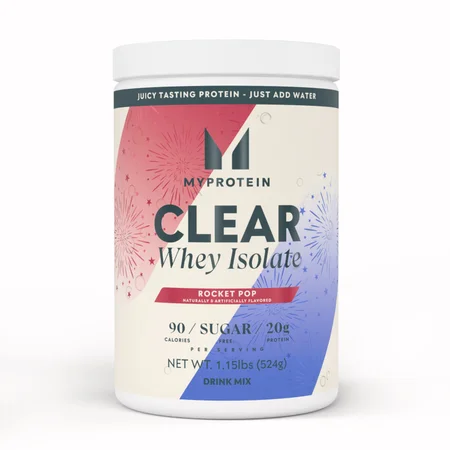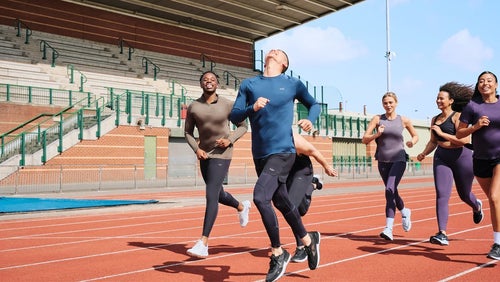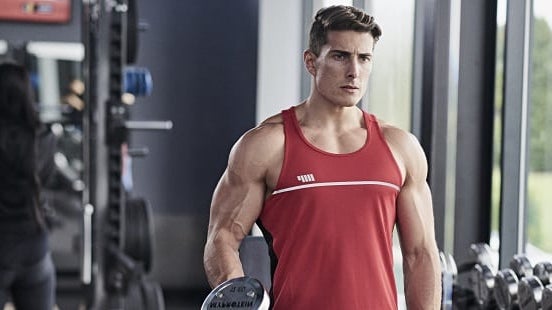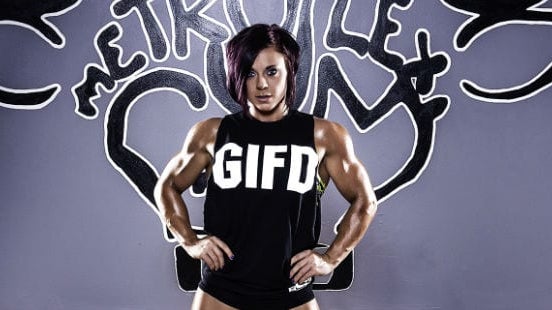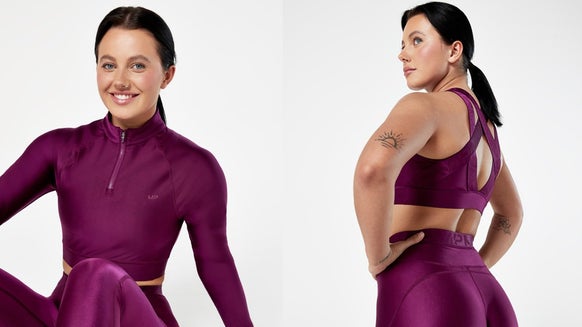The Best Upper Chest Workouts With & Without Dumbbells
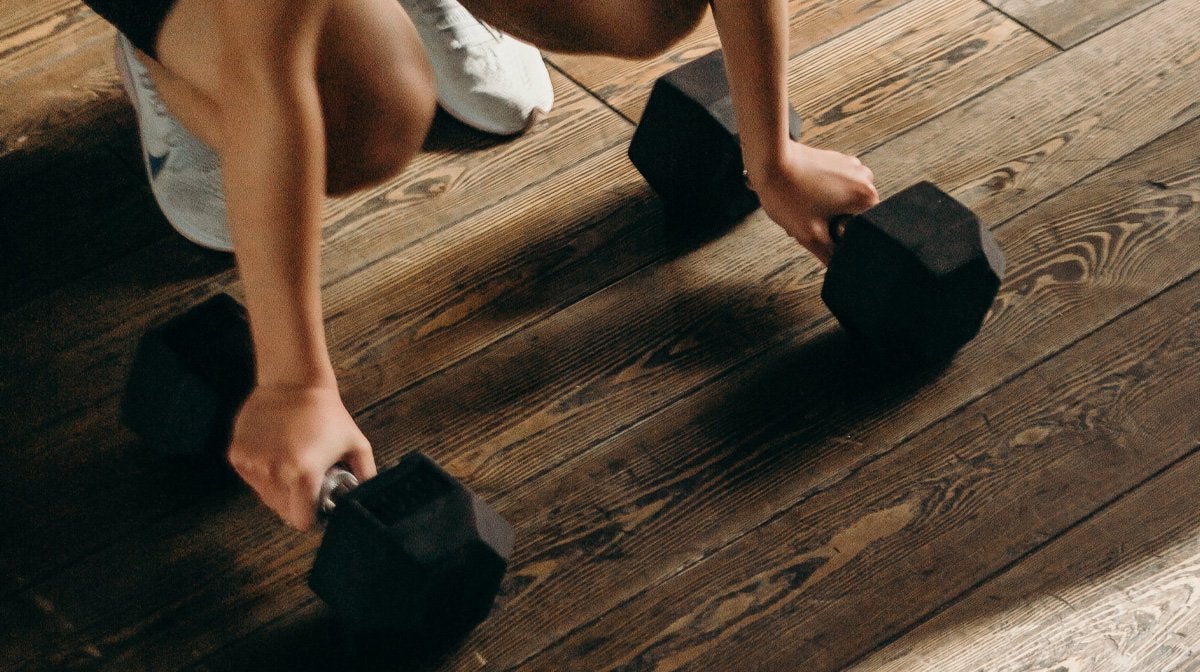
Building a well-developed chest takes time and hard work, but there’s no need for it to break the bank. With just a pair of dumbbells and your own body weight, you can easily make steady progress.
- Why are chest exercises important?
- How to work out your upper chest at home
- Chest exercise tips for beginners
- Tips for upper chest workouts with dumbbells
- Best upper chest workouts with dumbbells
- Best upper chest workouts without dumbbells
Why are chest exercises important?
The chest muscles play a big role in many upper-body workouts, including shoulder flexion, horizontal flexion, and shoulder stability. Ensuring they’re properly trained is important for keeping a balanced physique while also preventing imbalances that could lead to injury.
The pectoralis major (better known as the pecs) is the largest of the chest muscles. It’s attached to the humerus (upper arm bone), sternum (breastbone), and clavicle (collarbone), making it essential for so many movements, in everyday life as well as lifting.
To avoid one area becoming overdeveloped, it’s vital to train using a variety of movements and angles.
How to work out your upper chest at home
There are plenty of chest workouts you can do at home with little or no equipment. To create the best angle for hitting the chest muscles, try working at a slight incline.
If you don’t have a bench to lie on, you can just use your sofa. Simply position yourself in front of the sofa, lean back so your shoulders are on the edge of it, engage your core, and do press or fly exercises with dumbbells.
Another option is to do press-ups with your feet or knees on the sofa and your hands on the floor, ensuring your hips are tucked under and your core is tight to maintain proper form.
Chest exercise tips for beginners
As a beginner, it’s important to set realistic expectations. A well-developed chest takes time, consistency, and hard work.
Take your time
Instead of overdoing it with intense workouts, focus on progressively overloading your muscles over time. Target different areas with a variety of exercises.
Aim for an incline bench of 30-45 degrees
Research suggests that this range provides optimum stimulation of the chest muscles for lifters of all experience levels.
Train more than once a week
To promote muscle growth as well as recovery, it's recommended to train your chest at least two times per week. Start with 2-3 sets in one session and repeat the workout 3-4 days later.
Focus on control
Instead of solely focusing on lifting heavy weights, prioritize controlled movements, especially during the downward phase. Maintain a 45-degree angle between your elbows and shoulders while keeping the weight over your elbows.
Start with strength endurance training
Changing the angle and stimulus of your chest exercises can make you feel like a beginner again. Start with an endurance rep range to enhance stability and establish a strong foundation for future development.
Tips for upper chest workouts with dumbbells
Set up your base: Position yourself on an incline bench at a 30-45 degree angle. Ensure your head, upper back, backside, and feet are firmly planted. Squeeze your glutes, press your heels into the ground, and maintain a neutral spine with a tight core for balance.
Angle the dumbbells: When the dumbbells are over your shoulders, angle them to create a “V” shape with the point toward your head. This makes it easier to move the dumbbells without stressing your elbow and forearm joints.
Control the weights: Maintain a tight grip on the dumbbells with wrists kept straight, not bent back. Keep your wrists over your elbows at all times. Lower the weights to a point in line with your shoulders to stretch the muscles under tension. Press back up without allowing your elbows to flare out.
Breathe at the top: Take a deep breath before or as you begin lowering the weights, holding your breath at the bottom to brace your core and maintain stability. Breathe out as you press the weights back to the top, maintaining a tight core throughout the movement.
Focus on your elbows: Pay attention to your elbows during the exercise. Ensure they drop to stretch the chest muscles and drive them back up, engaging your pec major and keeping your shoulder blades back. This targets the upper chest instead of the triceps, anterior deltoid, or pec minor.
Get a spotter: Having a spotter is essential for both safety and confidence. If you don't have a training partner, ask someone at the gym. When spotting, it's better to support the dumbbells around the wrist or underneath them to guide their movement without risking injury.
The best upper chest workouts with dumbbells
Dumbbell rotating bench press
- Set up on a bench with a 30-degree incline.
- Lie back with your head, upper back, and backside firmly on the bench, feet on the floor.
- Begin with the dumbbells at the sides of your chest in a neutral grip.
- Press the dumbbells up and rotate them into a flat grip with your thumbs facing each other. Maintain a tight core and neutral spine, with your shoulder blades pulled back.
Dumbbell fly
- Set up the bench at a 30-degree incline and assume the same position as for the bench press.
- Press the dumbbells over your shoulders, holding them with a neutral grip (palms facing each other).
- Soften your elbows and lower the weights out and down, aiming for a 45-degree angle at the shoulder to target the upper chest muscles.
Dumbbell wide scooping front raise
Less well known but still good for targeting the upper chest and gradually building muscle.
- Begin by standing with soft knees and a tight core.
- Hold the dumbbells at your sides with your palms facing forward.
- Raise the dumbbells up and bring them together, controlling the descent as you move them back down and out to the sides.
The best upper chest workouts without dumbbells
Incline barbell press
- This exercise is a great alternative to dumbbells and offers more stability.
- Set up a bench at a 30-degree incline.
- Control the weight to your upper chest while keeping your elbows slightly tucked in.
Cable low-to-high fly
- Set the cables to hip height for this exercise, which provides an excellent squeeze and pump in the upper chest.
- Stand facing away from the cable machine, with a handle in each hand.
- Keep your elbows slightly bent and bring your arms forward from your shoulders while squeezing your shoulder blades.
- Touch your hands together roughly in line with your eyes, squeeze, and slowly return to the starting position.
Seated chest press machine (lowered seat)
- Resistance machines are useful for maintaining tension in the muscles.
- Set the seat height so that the handles align with your chin.
- From this position, press the handles away from you.
- Maintain a slight drop in your elbows and select a weight that allows for a stretch at the bottom of the movement.
Take home message
On the road to building a bigger chest, it’s dedication and strategy that matter most. Incline variations are a good way to hit the muscles from all angles, and progressively increasing the stress each week will help you put on muscle. Aim for at least two sets of 8-12 reps per week, and you should soon be on the way to making good progress.
READ THESE NEXT:
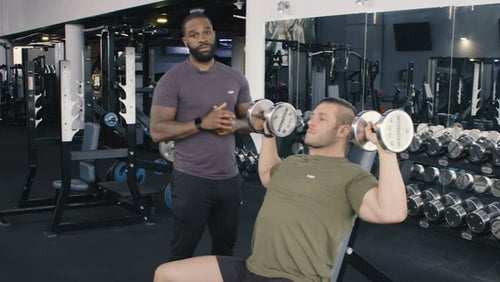
Five Best Shoulder Exercises To Build Size & Strength
Bigger shoulders in just five exercises.
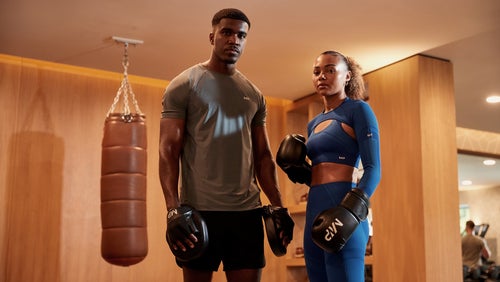
A Beginner’s Guide to Boxing Training
Thinking of getting into boxing? This beginner’s guide has everything you need to get hooked.
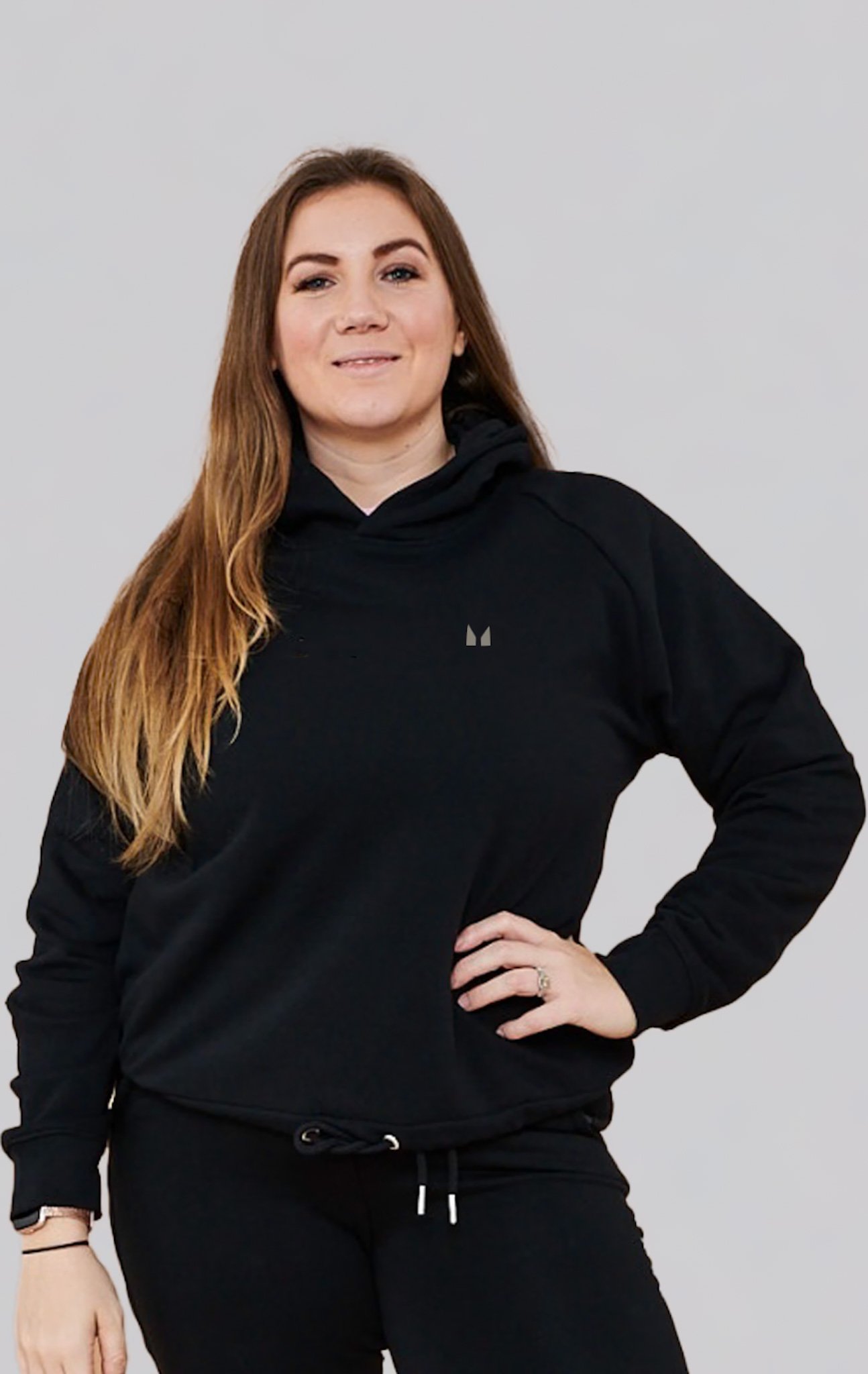
- Coratella, G., Tornatore, G., Longo, S., Esposito, F. & Cè, E (2019): Specific prime movers’ excitation during free-weight bench press variations and chest press machine in competitive bodybuilders, European Journal of Sport Science, 20 (5), 571-579 DOI: 10.1080/17461391.2019.1655101
- Rodríguez-Ridao, D., Antequera-Vique, J. A., Martín-Fuentes, I., & Muyor, J. M. (2020). Effect of Five Bench Inclinations on the Electromyographic Activity of the Pectoralis Major, Anterior Deltoid, and Triceps Brachii during the Bench Press Exercise. International Journal of Environmental Research and Public Health, 17 (19), 7339. https://doi.org/10.3390/ijerph17197339
